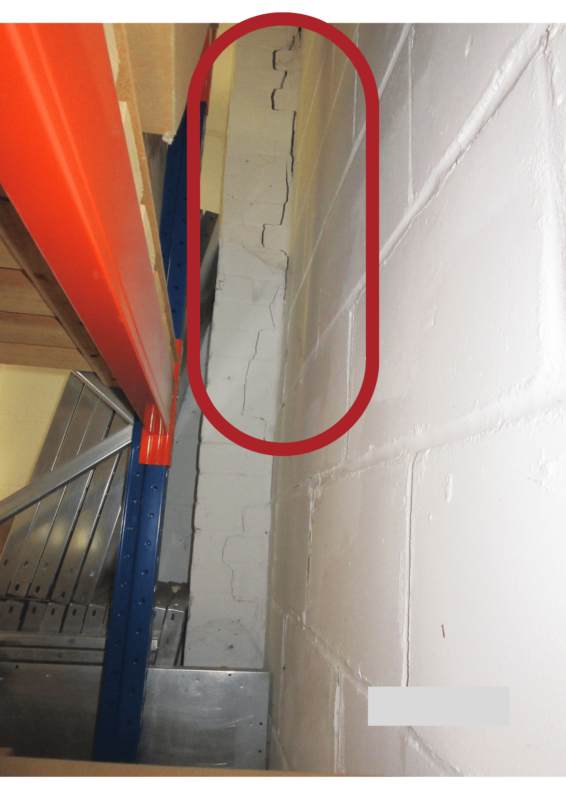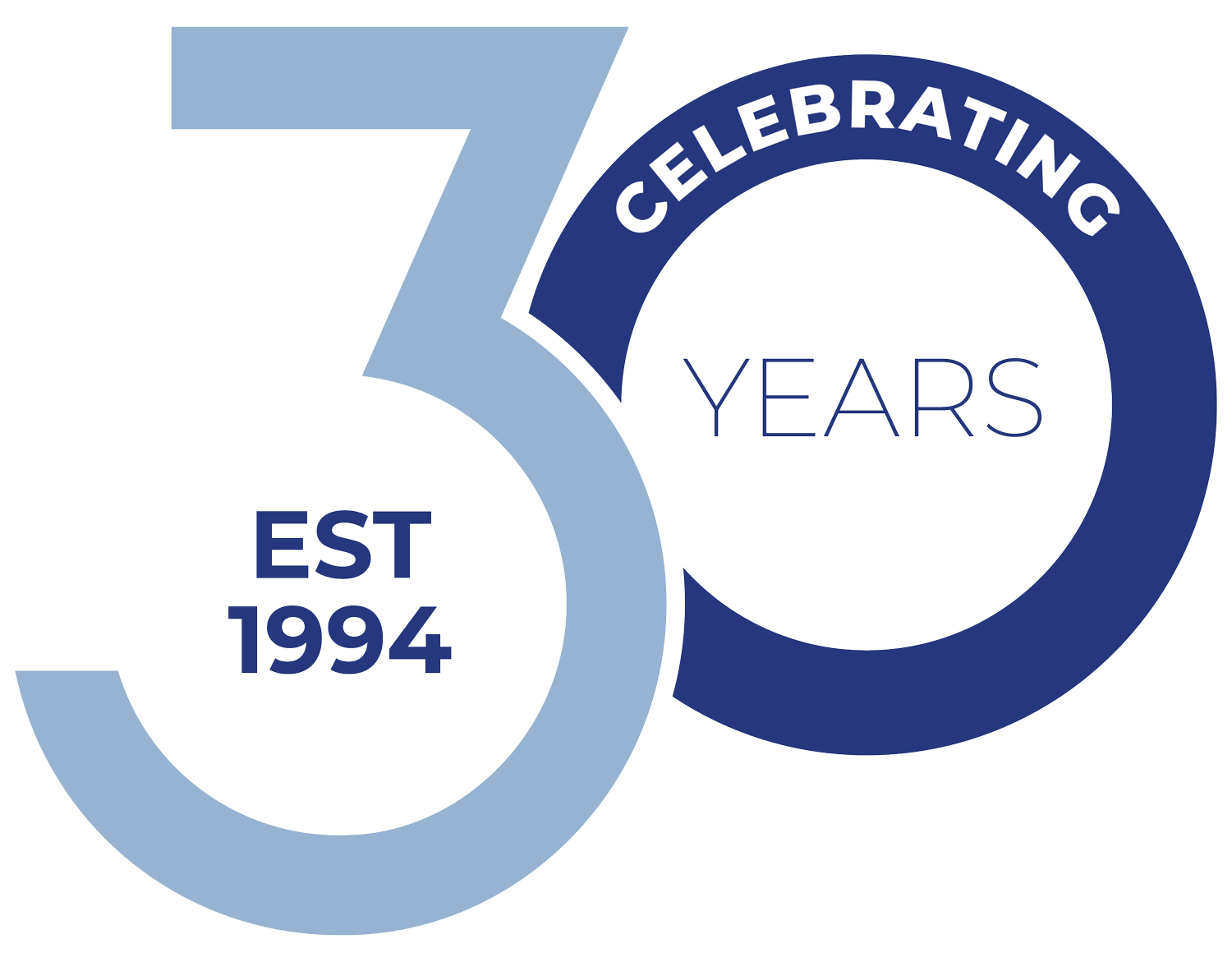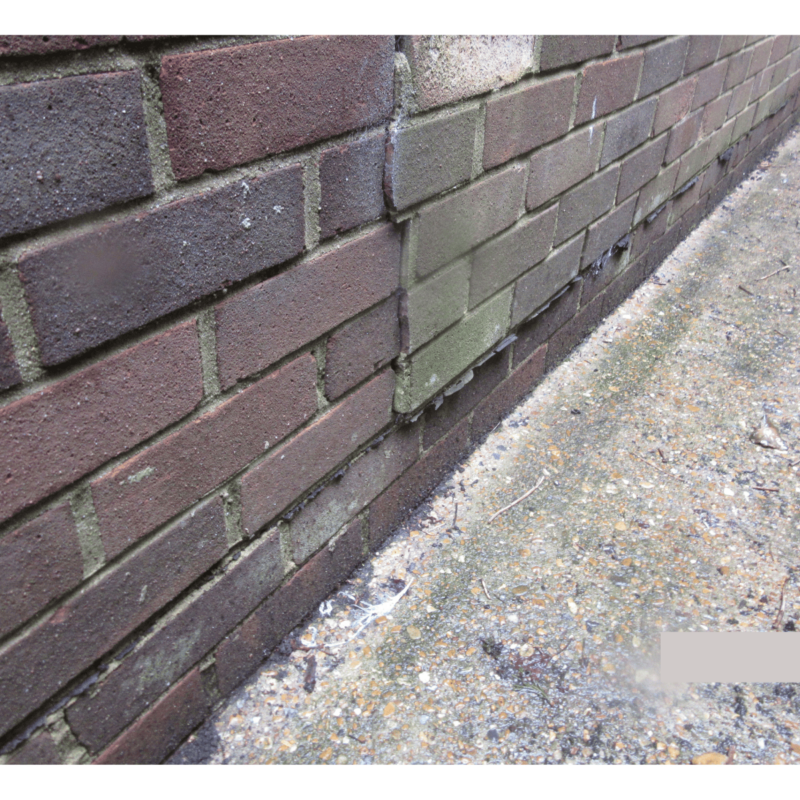What if the biggest threat to your building isn’t what you can see, but what you can’t?
You walk through the property.
- The walls are straight
- No cracks
- Floors feel solid
All looks well.
So you tick the mental box “Structure, fine.”
But here’s the uncomfortable truth …..
Many structural failures don’t begin with visible signs
Many structural failures don’t begin with visible signs. They start hidden, silently corroding, shifting, or degrading out of sight.
Take reinforced concrete for example.
Steel reinforcement can rust inside perfectly smooth concrete.
Once corrosion begins, it expands and cracks the surrounding material from within. By the time you see a hairline crack? Damage is already done.
Or consider buildings with RAAC panels. To the untrained eye, they often look like any other ceiling slab. But hidden deterioration in these materials has caused sudden collapses, even in seemingly “healthy” buildings.

And it’s not just the dramatic failures.
Minor structural issues can gradually compromise safety, reduce asset value, and trigger costly emergency repairs.
Routine Structural Maintenance Inspections
Routine structural maintenance inspections are like regular health check-ups for your building.
Done proactively, they;
- Catch hidden issues early before they become expensive problems
- Protect tenants and users by ensuring structural safety
- Extend the building’s usable life and performance
- Provide reassurance for insurers, stakeholders, and auditors
Just because there’s no obvious damage doesn’t mean all is well.
Book regular inspections with a Chartered Structural Engineer who understands not just buildings but the subtle clues that precede failure.
Think of it as preventative medicine for your most valuable asset.
In the world of structures, peace of mind doesn’t come from what’s visible, it comes from a thorough assessment by a trained eye that can spot the subtle, hidden clues others miss.


